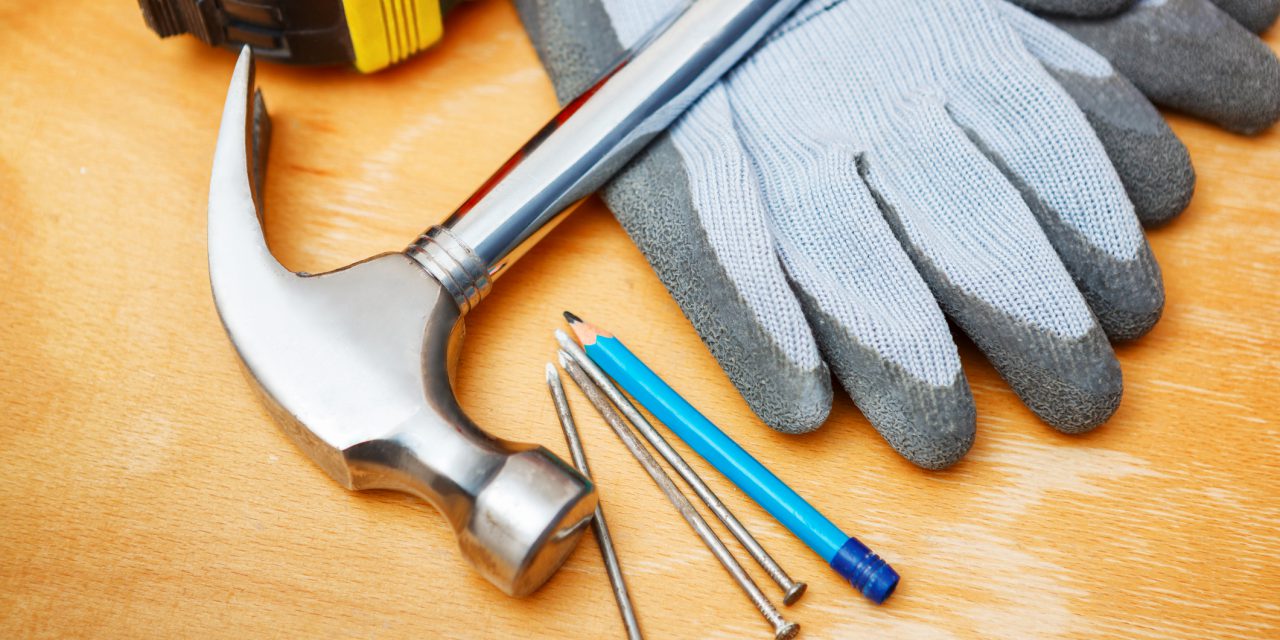Nationally, there were 12% more “fixer-uppers” for sale at the end of 2016 compared to five years earlier in 2011, according to Zillow.
To define fixer-upper, Zillow combed listings for phrases like “fixer-upper,” “TLC” and “needs work.”
Among price tiers, fixer-uppers have seen the biggest surge in the high tier — an increase of 35% since 2011. Low-tier homes have seen the smallest increase of just 3% since 2011.
Zillow attributes the increase in fixer-uppers for sale to the overall low inventory available to homebuyers. Conventional sellers in 2011 had to compete with a myriad of foreclosures, short sales and real estate owned (REO) resales. Thus, placing a fixer-upper on the market in 2011 was an easy way to ensure your home was going to sit on the market for months and sell for pennies on the dollar. Making your home as desirable as possible was practically mandatory for sellers during the recession.
Today, inventory is tight and buyers are eager to snatch up anything that comes on the market, even when it means doing extra work on the home.
Peculiar California
California sees the most fixer-uppers for sale than any other U.S. region. Nationally, for every 1,000 listings the average metro sees about 10 fixer-upper listings. Closer to home, for every 1,000 listings:
- in Los Angeles, there are 18 fixer-upper listings;
- in San Francisco, there are 15 fixer-upper listings;
- in Riverside, there are 14 fixer-upper listings;
- in San Jose, there are 13 fixer-upper listings; and
- in San Diego, there are 9 fixer-upper listings.
Nationally, at the end of 2016 inventory was 8% smaller than in 2011. In California, inventory has shrunk considerably — on average, across the state’s metro areas, the for sale inventory is 21% smaller since 2011.
Another reason for the high share of fixer-upper homes in California is the lack of new construction here. As the housing stock ages, more fixer-uppers for sale are inevitable. And it’s true, construction has slowed across the nation compared to the Millennium Boom years when construction was at an all-time high. But California continues to struggle to add to its aging housing stock, primarily due to resistance from outdated zoning laws that severely limit density and height.
Think of San Francisco’s charming row houses or “painted ladies.” Iconic, yes. But is maintaining this neighborhood charm good for the housing supply? Definitely not. As evidence, the average home price in San Francisco is over $1.1 million, according to Zillow. The average price per square foot averaged nearly $1,000 in San Francisco in 2016.
California agents and brokers: Do you counsel sellers to fix up their homes for sale before listing? Or do you sense that fixer-uppers sell just as quickly as renovated or new homes? Share your experience in the comments!
Related article:















I’m looking at this article from a few different perspectives, and still, my opinion hasn’t changed: doing away with zoning laws is the wrong thing to do, even if they do limit how dense and how high a home can be built.
In my neighborhood, since the crash, and even as recently as the end of last year, developers have bought land that was previously used as parking spaces, and built these rather ugly condo/townhome structures.
One of them was built one street over from my home, and I can see them from my front door. Since their construction, I’ve had problems with over-the-air television signal, and even cell reception. Parking not only on that street, but on mine, has gotten worse since then, and most of those units had to be rented, since the developer couldn’t sell them at the time. The units weren’t done for low income, they’re all high income. If they didn’t sell for $1 million, they’re renting out for well over $2200 a month.
The other set of “townhomes” is at the end of my street, next to the post office. Those are so ugly, it’s not even funny. The materials used to build them were mostly recycled (I had seen the process as it was going on), and all the claims about those 6 units able to be built in a week were proved false. It was nearly 5 months after the land was cleared and prepped before any construction was done, and then almost 7 months after that before the units were “completed”. Each of the 6 units are 3-story, and sandwiched together tightly, side by side. I think the developers had to get a waiver from the city in order to build them (Los Angeles). Each one has a single-car garage, which takes up almost the entire first floor, with the rest just being the ultra thin front door and stairs that lead to the upper floors.
These units are selling, with a price tag of $899k, which is higher than most SFRs in the neighborhood currently. Since those units are on the corner of the major street, it’s become a little more dangerous to make a turn there, as the buildings create a blindspot for drivers. Don’t get me started on the parking situation there now.
Aesthetically speaking, these new designs being built all over Los Angeles are cold, empty, void. Some of the homes in my neighborhood were redesigned to mimic such designs.
There are still rumors going around that these developers, or others, want to buy existing homes in the neighborhood, by any means, in order to tear down the existing structures, and build more high priced condos.
No. Even from the perspective of a licensed agent in this state, even I have to say no to such actions, in Los Angeles or anywhere else. There’s plenty of land for people to still build on. Why insist on rebuilding entire communities, just to pack people into sardine cans, still charge high prices, and most likely subject them to HOAs.
No thanks.